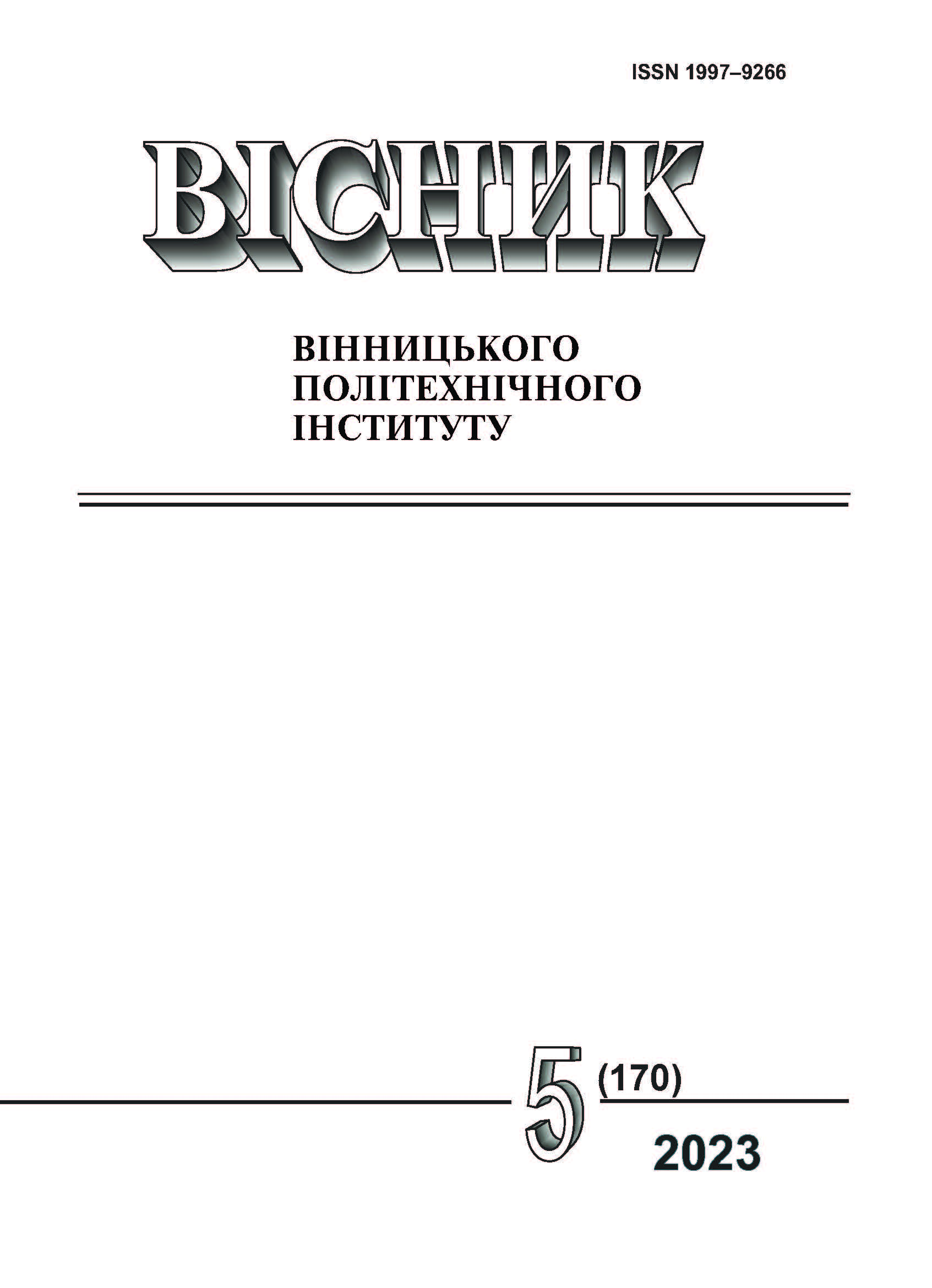Voltage Failures in Electrical Networks and Determination of their Characteristics
DOI:
https://doi.org/10.31649/1997-9266-2023-170-5-12-17Keywords:
power quality, voltage dips, three-phase system, unbalanced voltage drop, voltage wavesAbstract
Widespread introduction of power electronics, the growing number of non-linear consumers, and the change in the structure of electrical energy carriers have a negative impact on the quality of electrical energy. One of the most important l parameters of electrical energy quality influencing the interruptions of the operation of electrical equipment is voltage failures. Voltage failure in the electrical network is negative phenomenon that leads to an increase of electricity losses, an increase of reactive power consumption, a decrease of electric loads performance and interruptions in the operation of electrical equipment.
Main causes of voltage failures, such as overloads, short circuits, equipment malfunctions and other factors that affect the state of electrical networks and methods for determining their characteristics are analyzed.
The determination of voltage failure is often established on the basis of two parameters — magnitude/depth and duration. This determination is typical for the transient processes due to symmetrical voltage drops. But transient processes due to asymmetric voltage failures are determined not only by the values of magnitude/depth and duration, but also by the so-called point on the voltage wave where the voltage dip occurs and the change in the phase angle during the voltage dip.
Jumps in the voltage phase angle in the electrical network and the associated phase angle shift significantly affect not only the error in determining the quantitative and qualitative parameters of electrical energy, but are also a problem for power electronics that use phase switching or voltage crossing through zero.
The determination of the phase angle is analyzed on the example of the presence of a short circuit in the radial electrical network. The expediency of determining the main characteristics of voltage dips in electrical networks is highlighted and the most suitable methods are analyzed.
References
ДСТУ EN 50160:2014 (EN 50160:2010, IDT). Характеристики напруги електропостачання в електричних мережах загальної призначеності, чинний з 1.10.2014. К.: Держстандарт України, 2014, 34 с.
М. Ф. Сопель, І. В. Яковлєва, і Є. М. Танкевич, « Вплив нестабільності частоти електромережі на точність векторних вимірювань струму та напруги,» Праці Інституту електродинаміки Національної академії наук України, вип. 36, с. 121-126, 2013.
Yang Han, Yu Feng, Ping Yang, Lin Xu, Yan Xu, and Frede Blaabjerg, “Cause, Classification of Voltage Sag, and Voltage Sag Emulators and Applications: A Comprehensive Overview,” IEEE Open Access Journal, no. 6, pp. 1922-1934, 2020. https://doi.org/10.1109/ACCESS.2019.2958965 .
M. H. J. Bollen, “Understanding Power Quality Problems: Voltage Sags and Interruptions,” IEEE Press Series on Power Engineering, pp. 253-324, 2000.
G. Alonso Orcajo, J. M. Cano R., C. H. Rojas G., M. G. Melero, M. F. Cabanas, and F. Pedrayes, “Voltage Sags in Industrial Systems,” RE&PQJ, vol. 1, no. 3, pp. 296-301, March 2005. https://doi.org/10.24084/repqj03.278 .
George G. Karady, Saurabh Saksena, Baozhuang Shi, and NilanjanSenroy, “Effects of Voltage Sags on Loads in a Distribution System,” Power Systems Engineering Research Center, PSERC Publication 05-63, October, 2005.
V. E. Wagner, A. A. Andreshak, and J. P. Staniak, “Power quality and factory automation,” IEEE Trans. Ind. Appl., vol. 26, no. 4, pp. 620-626, Jul./Aug. 1990. https://doi.org/10.1109/28.55984 .
Downloads
-
PDF (Українська)
Downloads: 143
Published
How to Cite
Issue
Section
License

This work is licensed under a Creative Commons Attribution 4.0 International License.
Authors who publish with this journal agree to the following terms:
- Authors retain copyright and grant the journal right of first publication.
- Authors are able to enter into separate, additional contractual arrangements for the non-exclusive distribution of the journal's published version of the work (e.g., post it to an institutional repository or publish it in a book), with an acknowledgment of its initial publication in this journal.
- Authors are permitted and encouraged to post their work online (e.g., in institutional repositories or on their website) prior to and during the submission process, as it can lead to productive exchanges, as well as earlier and greater citation of published work (See The Effect of Open Access).





